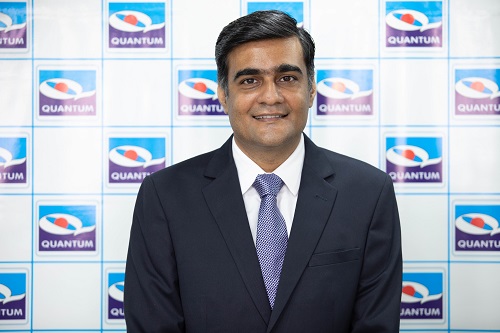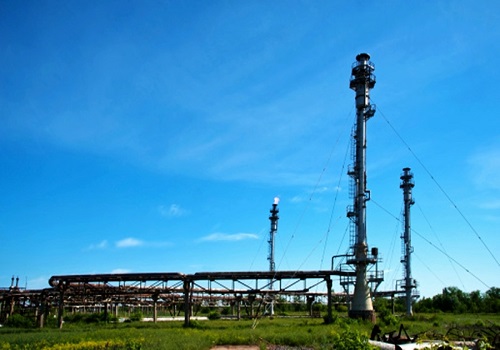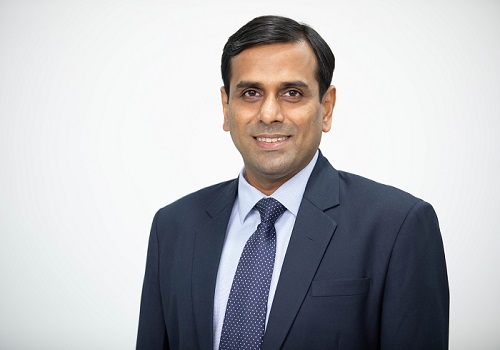ELSS –Tax Saver & Wealth Creator By Sorbh Gupta, Quantum Mutual Fund

Follow us Now on Telegram ! Get daily 10 - 12 important updates on Business, Finance and Investment. Join our Telegram Channel
ELSS –Tax Saver & Wealth Creator
How can you invest and save tax? How does an ELSS (Equity Linked Savings Scheme) have an edge over other tax-saving instruments?What factors should you consider when choosing an ELSS fund? These were the questions answered by Sorbh Gupta, Fund Manager, Equity, Quantum Mutual Fund,at the webinar held recently to help investors make an informed decision about their year-end tax-saving needs.
“You can broadly classify tax saving funds u/s 80C into three main buckets – namely market-linked instruments such as ELSS and ULIP, Fixed Income instruments such as NSC, PPF, Tax saving FD, Post Office Time Deposits, and other expenses such as child’s tuition and repayment of housing loan, among others,” says Sorbh Gupta.
“To choose the right tax-saving product, you can look at four filters or lenses – such as the return potential of the product, lock-in period, tax incidence, and compatibilitywith long term financial goals. When looking at the return potential, investors should look at the real rate of return after the impact of inflation. With an ELSS, though the return is not guaranteed, it has the potential to generate a higher real rate of return than other instruments u/s 80C over the long term. Regarding capital gains tax, ELSS is taxable at 10% p.a. for a holding period exceeding 1 year and for capital gains exceeding Rs.100,000. Also, in terms of the lock-in period, an ELSS stands out due to its minimum lock-in period of 3 years,” says Sorbh.
“To illustrate an example, suppose an investor in the highest tax bracket decides to invest Rs. 1,50,000, he would have a tax benefit of Rs.45,000 upfront (assuming the maximum marginal tax rate of 30%).
“However, investors are to note that since ELSS is an equity mutual fund, the longer you stay invested, the better the chances for risk-adjusted returns and compounding of returns.
When looking at an ELSS scheme, due to the lock-in period of 3 years, it qualifies for a long-term investment. Thus, it becomes important that investors need to look at certain parameters before finalizing a scheme, such as the stability of the fund management and consistency across investment styles. Investors should consider mutual funds with a long-term track record. One can look at a churn ratio that is less than 30%. A low churn ratio indicates a long-term holding approach by the fund manager. Also, investors can look at a well-diversified portfolio consisting of quality stocks that can be easily liquidated. A Fund manager facing redemption pressure in a down market is most likely to first exit from the liquid stocks.”
“If the tax-saving window of Rs.1.5 Lakh is open, investors can look at investing a lumpsum investment in ELSS taking the opportunity of the equity market correction due to external shocks and geopolitical risks. If planning ahead for the new financial year, investors can use an SIP (Systematic Investment Plan) mode of investment to avail the benefits of rupee cost averaging and compounding and help cope with the increased volatility. India is on the cusp of a cyclical recovery. As the economic recovery takes shape, we will see earning upgrades in India. In a normal risk environment, we believe this is a great environment for Indian corporates to perform. India’s growth has been also driven by high export numbers for both services and products. Moreover, residential Real estate recovery has proven to be a multiplier in the economy. All of these factors are conducive for a long-term approach in an ELSS scheme and investors should not be worried about a day’s fall in the equity markets,” concluded Sorbh.
To Read Complete Report & Disclaimer Click Here
Above views are of the author and not of the website kindly read disclaimer










Tag News

Monthly Debt Market Update, September 2023: CareEdge Ratings





 320-x-100_uti_gold.jpg" alt="Advertisement">
320-x-100_uti_gold.jpg" alt="Advertisement">





